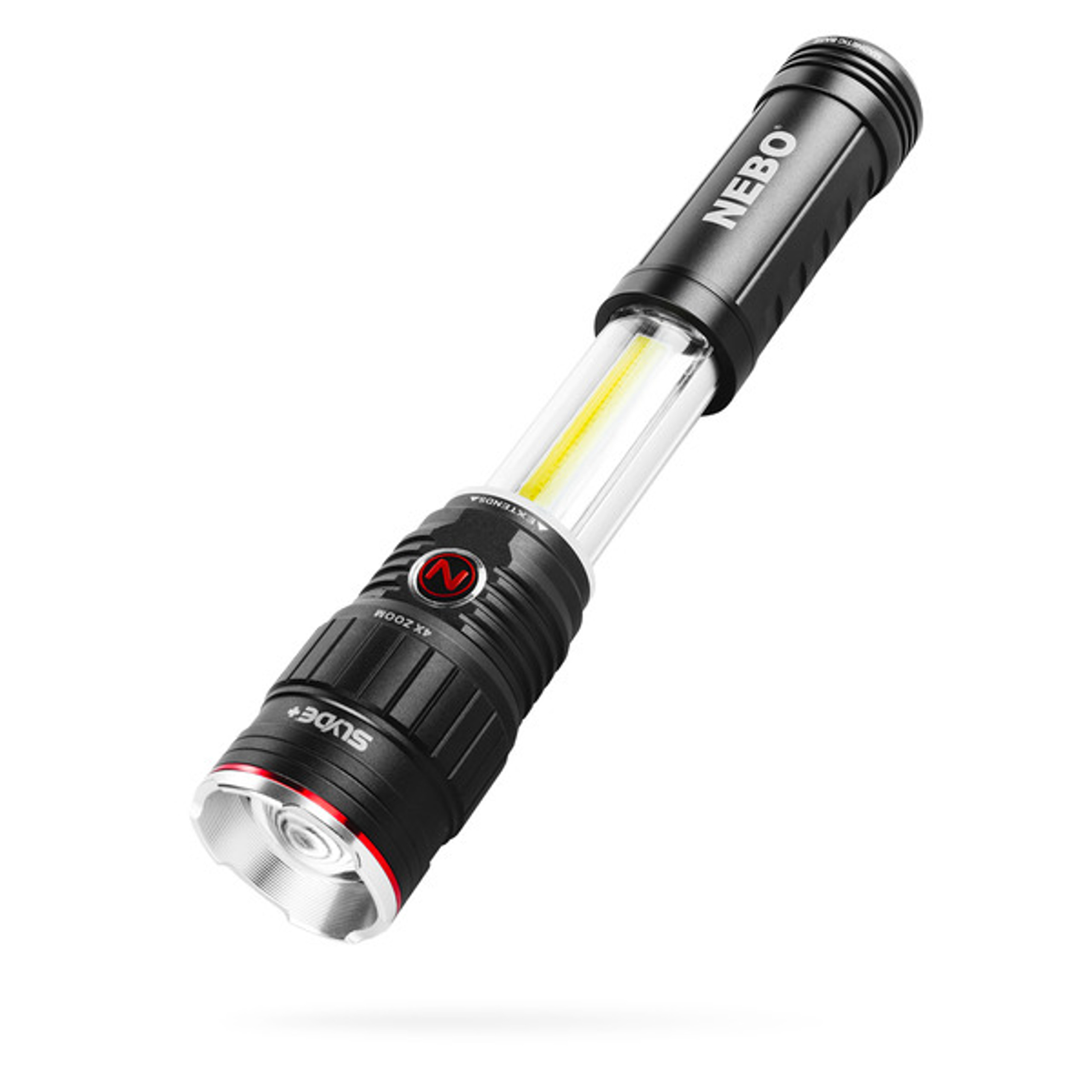
It's 1,000 kilograms per meterĬubed, so the density of mercury- let's write that down,Īnd that's the rho, or little p, depending on how you Video- because I told you to- you should have memorized Ratio of how dense that substance is to water. Of a sudden you go, what is specific gravity? All specific gravity is, is the
#Meterrs squared persecond squared how to#
Statement on a test- you know how to do all the math, and all These problems, the hardest part is the terminology. Specific gravity- I'm using terminology, because a lot of Things we have to know before we do this problem. This state that I've drawn isĪ static state- we have assumed that all the On the surface of the mercury on the outside Imagine it, but there is literally the weight of Pressure on our shoulders all of the time, so we don't really We have all this pressure fromĪll of the air above us- I know it's a little un-intuitiveįor us, because we're used to all of that

The intuition as to why this thing is going up Going to go? First of all, let's just have Question to you is- how high is this column of mercury The mercury, but still within our little test tube, we haveĪ vacuum- there is no air. And this is actually how aīarometer works this is something that measures Some distance- this is all still mercury. The math to figure out how high up does it go. We're going to do the math asįar as- one, we'll see why it's going up, and then we'll do There's no air in here, and it is actually going to go up Pressure of all of the air above you at sea level Pushing down on the surface of this bowl at one atmosphere. Think about it- the weight of all of the air above us is Of the bowl, this whole area out here, this is exposedĪctually in Paris, France, at sea level, because that's whatĪn atmosphere is defined as- the atmospheric pressure. Test tube- there's a vacuum here- but the outside View of the bowl, and I'll draw everything shortly. Tube that I stick in the middle of- this is the side Mercury, and then I also have this kind of inverted test Physics class, or even on an AP physics test.


To solve a fairly typical problem that you'll see in your Or how high is the column of fluid above us times gravity. That the pressure at some depth in a fluid is equal to theĭensity of the fluid times how deep we are in the fluid, Hope that helps (^-^)/ forgive me if im wrong! thanks! if we apply a 1atm with our hands then the mercury will travel up the tube until it reaches a height in which the pressure due to gravity pulling the column of mercury down is equal to 1atm at the opening of the vacuum tube. If we apply with our hands the pressure to the weightless cover downward onto the mercury bowl the mercury will go up the tube, because the mercury cannot be compressed and that the pressure exerted on a fluid is evenly distributed on every portion of the fluid and to the walls of its container, but because one "wall" is not a wall but rather a hole, the pressure pushing up on that imaginary "wall" (which does not exist cause its just a hole to the vacuum tube) is the pressure being applied by the hands on the weightless cover. To make more sense conceptually, Imagine we are in a complete vacuum room and the part of the dish with mercury exposed to the atmosphere is completely covered by a weightless cover, but there is a hole in the middle where there is a completely empty vacuum tube that perfectly fits and seals the hole in the weightless cover.


 0 kommentar(er)
0 kommentar(er)
